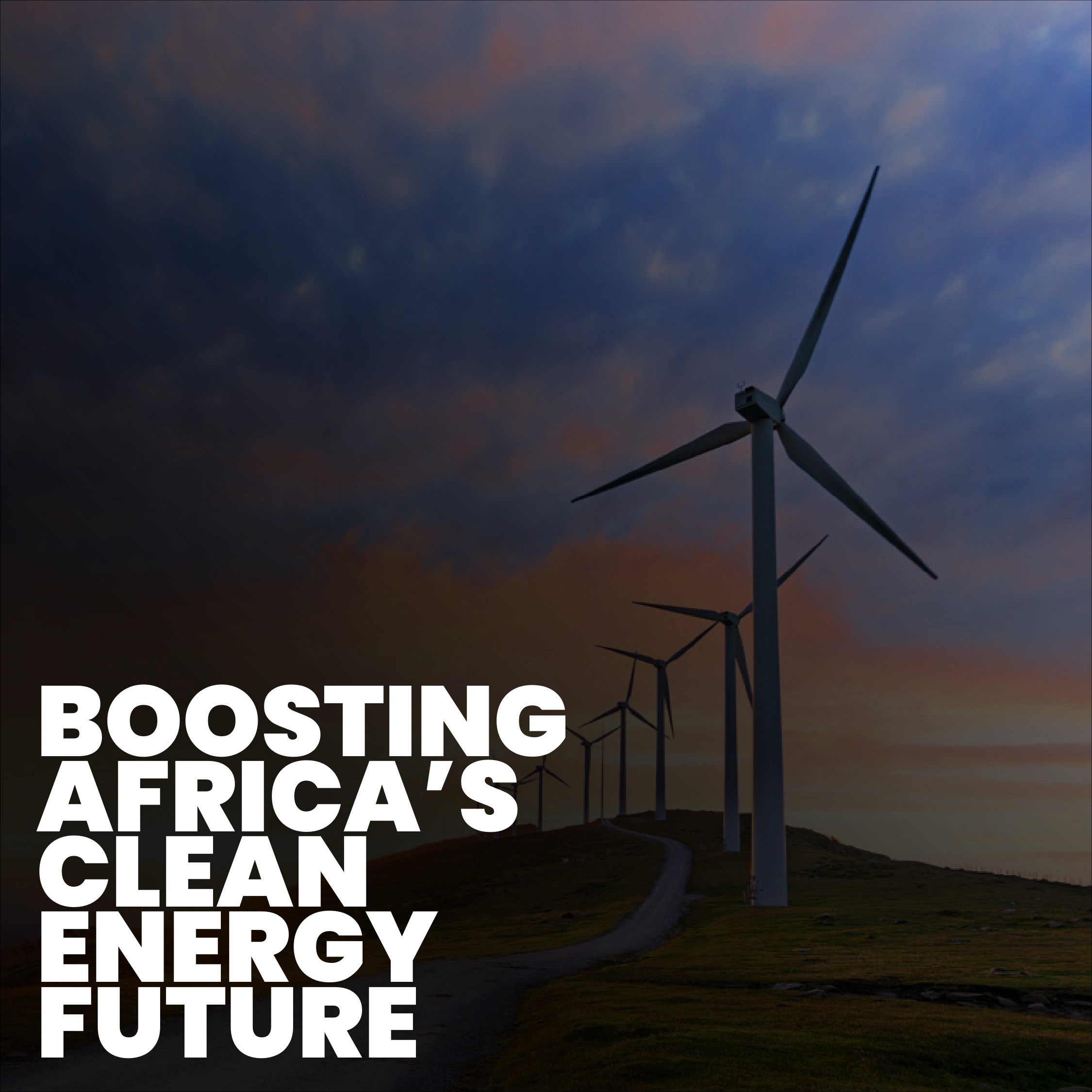
Introduction
Africa holds significant potential for renewable energy development, given its abundant natural resources like sunlight, wind, and water. However, the continent faces challenges in scaling up clean energy projects, primarily due to financial barriers, political instability, and lack of infrastructure. Overcoming these obstacles requires innovative financing models that can attract investment, manage risks, and ensure equitable growth. In this article, we explore six key financing models that can enable Africa’s renewable energy transition while promoting long-term sustainability.
Financing Models: Blended Finance and Public-Private Collaboration
Blended finance is one of the most effective financing models for addressing the capital gap in Africa’s renewable energy sector. This model involves combining public sector funding, often from development agencies or government-backed institutions, with private sector investment to reduce risks and make projects more attractive to investors. By offering concessional financing, blended finance can de-risk renewable energy projects in high-risk markets, such as many African countries.
For example, the African Development Bank (AfDB) has been instrumental in facilitating blended finance deals, enabling large-scale renewable energy projects in countries like South Africa and Morocco. The key to success lies in structuring these financing arrangements to ensure that both public and private stakeholders share the risks and rewards. This financing model promotes collaboration and helps channel much-needed funds into renewable energy projects.
Financing Models: Green Bonds to Fund Renewable Energy Infrastructure
Green bonds have emerged as a powerful financing model for funding sustainable infrastructure projects, including renewable energy developments. These bonds are issued by governments or corporations to raise capital specifically for environmentally beneficial projects. Green bonds can attract a broad range of investors, including those with a focus on climate-conscious investments.
In Africa, green bonds are gaining popularity as a means of financing large renewable energy projects. For instance, in 2019, Kenya issued the continent’s first green bond, raising funds for renewable energy and low-carbon initiatives. The capital raised through green bonds can be directed towards solar, wind, and hydroelectric projects, facilitating the expansion of Africa’s clean energy capacity. By tapping into global capital markets, African nations can leverage this financing model to accelerate the transition to renewable energy.
Financing Models: Pay-As-You-Go (PAYG) for Off-Grid Solutions
The Pay-As-You-Go (PAYG) financing model has become a game-changer for providing off-grid solar energy solutions to millions of people in Africa. PAYG allows consumers to pay for solar energy systems in small, manageable installments, eliminating the need for high upfront payments. This model is particularly effective in rural and remote areas, where grid access is limited or nonexistent.
With mobile technology, PAYG systems enable users to make payments via mobile money services, offering convenience and flexibility. Companies like M-KOPA Solar have successfully implemented PAYG systems in Kenya, providing affordable solar energy to over 750,000 households. By removing financial barriers to energy access, PAYG financing helps millions of people in sub-Saharan Africa gain access to renewable energy, and this financing model continues to grow in importance as it enables widespread adoption of off-grid solutions.
Financing Models: Impact Investing for Sustainable Development
Impact investing is a financing model that seeks to generate measurable social and environmental benefits alongside financial returns. In the context of renewable energy, impact investing can provide the necessary capital to fund projects that address energy poverty, climate change, and sustainable development in Africa.
Investors in this sector are increasingly focusing on projects that not only offer financial returns but also contribute to the broader social goals of the United Nations Sustainable Development Goals (SDGs). Renewable energy projects that provide affordable and clean electricity to communities in Africa are attractive to impact investors, as they create jobs, reduce carbon emissions, and improve living standards. Impact investing serves as a powerful tool for funding Africa’s energy transition, aligning financial goals with social and environmental impact. This financing model is essential for driving inclusive growth across the continent.
Financing Models: Development Finance Institutions (DFI) and Long-Term Investment
Development Finance Institutions (DFIs) are crucial to the success of renewable energy projects in emerging markets, including Africa. DFIs, such as the World Bank’s International Finance Corporation (IFC) or the UK’s CDC Group, provide concessional financing, equity investments, and loan guarantees to promote sustainable development projects. These institutions are particularly important in high-risk markets where private investment may be hesitant.
DFIs play a significant role in supporting large-scale renewable energy infrastructure projects, such as wind and solar farms, in countries that might not otherwise be able to attract private sector capital. They offer long-term financing, which is essential for projects with long payback periods. For instance, the IFC has financed solar energy projects in East Africa, supporting both local and international companies. By providing de-risked capital and technical assistance, DFIs make renewable energy projects more viable, establishing them as a key financing model in Africa’s energy transition.
Financing Models: Crowdfunding and Community-Led Energy Projects
Crowdfunding is an innovative financing model that has gained traction in Africa as a way to fund renewable energy projects on a smaller scale. Through crowdfunding platforms, individuals and organizations can pool resources to finance local energy solutions, such as solar microgrids and community-based wind farms. This model allows communities to take ownership of their energy solutions and contribute to Africa’s broader renewable energy goals.
In countries like Kenya and Ghana, crowdfunding has been used to finance solar-powered systems for schools, clinics, and small businesses. This model empowers local communities and provides a sense of ownership, ensuring that energy projects are sustainable in the long term. Additionally, crowdfunding allows for greater transparency and participation, helping to align energy projects with the specific needs of communities. As a financing model, crowdfunding has proven to be an effective way to fund localized renewable energy projects, furthering Africa’s energy transition.
FAQs
1. What are financing models for renewable energy in Africa?
Financing models for renewable energy in Africa include blended finance, green bonds, Pay-As-You-Go (PAYG), impact investing, and crowdfunding, each offering unique ways to support clean energy projects.
2. How do green bonds help fund renewable energy projects?
Green bonds raise capital from investors to finance environmentally sustainable projects, such as renewable energy initiatives. They help African nations access global capital markets for energy development.
3. Why are development finance institutions (DFIs) crucial in financing renewable energy in Africa?
DFIs provide concessional capital, risk mitigation, and technical assistance, enabling large-scale renewable energy projects to attract private investment and ensuring long-term growth.
Conclusion:
In conclusion, financing models are essential in accelerating Africa’s transition to renewable energy. With the right mix of blended finance, green bonds, PAYG systems, and impact investing, Africa can overcome financial barriers and meet its energy needs while addressing climate change. As these financing models continue to evolve, they will play an increasingly important role in driving sustainable and inclusive growth across the continent. Africa’s renewable energy future depends on innovative financing strategies that empower communities, attract investment, and ensure long-term energy sustainability.


